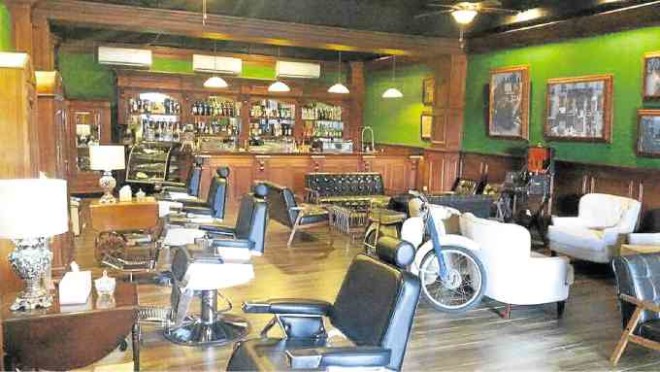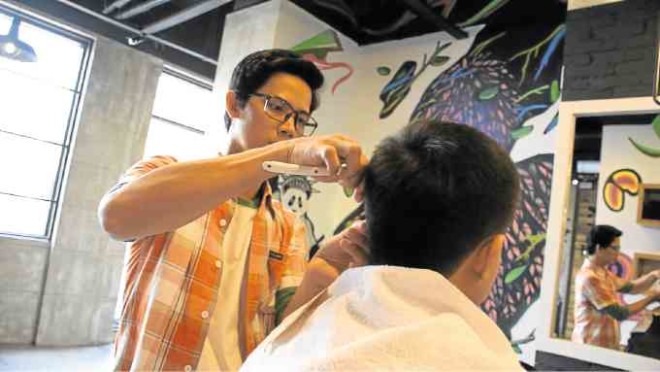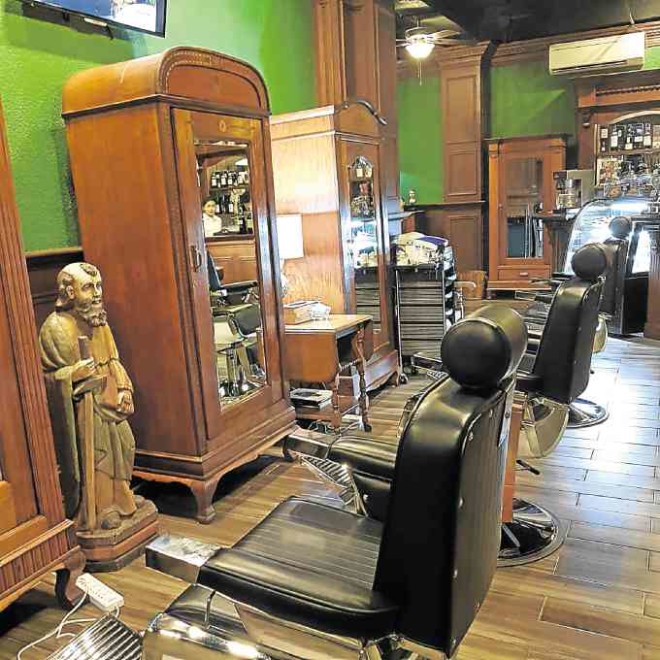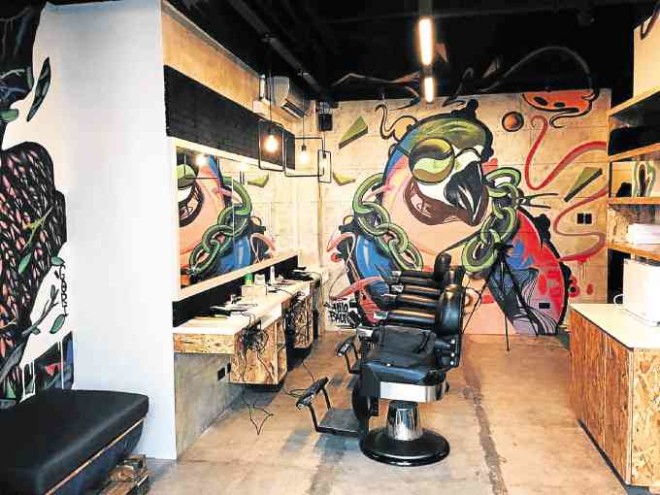
How much is a haircut nowadays? In our local barbershop, a decent cut is P60, with the standard shoulder and forehead massage, along with a healthy dose of the latest town chismis.
In 1997, a haircut cost around P35.
That’s about double the price in two decades. The cost has become even steeper with the rise of premium barbershops; one in Lipa, Batangas, named Il Capo (Italian for “The Boss”) offers a haircut for P700, while The Urban Barbershop in Tomas Morato, Quezon City, charges customers an average of P300-P400 per haircut.
Evolution
Why the sudden influx of high-end barbershops?
It’s part of the evolution of Filipino urban men who have more income and want to look good while enjoying pampering services.
Thus, one’s hairstyle now needs to be “craft,” done by “third wave” barbershops designed as much to be a comfortable masculine lair for its customers, as a place to be “seen” via Instagram.

The first wave was the traditional barberya sa bayan, or the typical town barbershop.
The second wave barbershops were those in the mall—Bruno’s and the slew of independent shops created to service the dads and kids who come with mommy to the mall. While the moms went afternoon shopping and got some pampering in the salon, daddy and the boys got their haircuts in a separate, appropriately manly shop.
The third wave are the craft barbershops, which offer more services than traditional barbershops: Craft beer or craft coffee is available to customers while they’re having their hair and beard trimmed, nails cut, etc.
Il Capo barbershop in Lipa offers coffee and other drinks with its haircut. The P700 haircut comes with a glass of single-malt whiskey for the customer. Il Capo’s interiors are appropriately classy as well—dark wood paneling and a deep forest-green palette for the walls, evoking a 19th-century English manor.

Luxury service
“The Batangueño market is ready for this kind of luxury service,” Il Capo owner TJ Fabie says. He also owns Hotel 1925 where his barbershop is also located.
Il Capo, apart from being a barbershop, is likewise a café and showroom for the owner’s antique collection.
“Many Filipinos are now well-traveled and have more money to spend,” Fabie points out. “So, naturally, they look for places that can provide quality service and a more luxurious, premium ambiance.”
People pay not just for the service, but also for the experience, says Fabie. While people used to go to the barbershop to get a haircut or out of loyalty to their suking barbero, “nowadays value for money in the service industry equates to unique experiences that heighten commonplace activities, and the overall experience should complement their lifestyle.”
Or, as The Urban Barbershop co-owner Chad Joseph Africa puts it, “It’s not just about the haircut anymore, it’s the interiors, the music, the exceptional customer experience and even the after-service that really make an impact.” —CONTRIBUTED










































